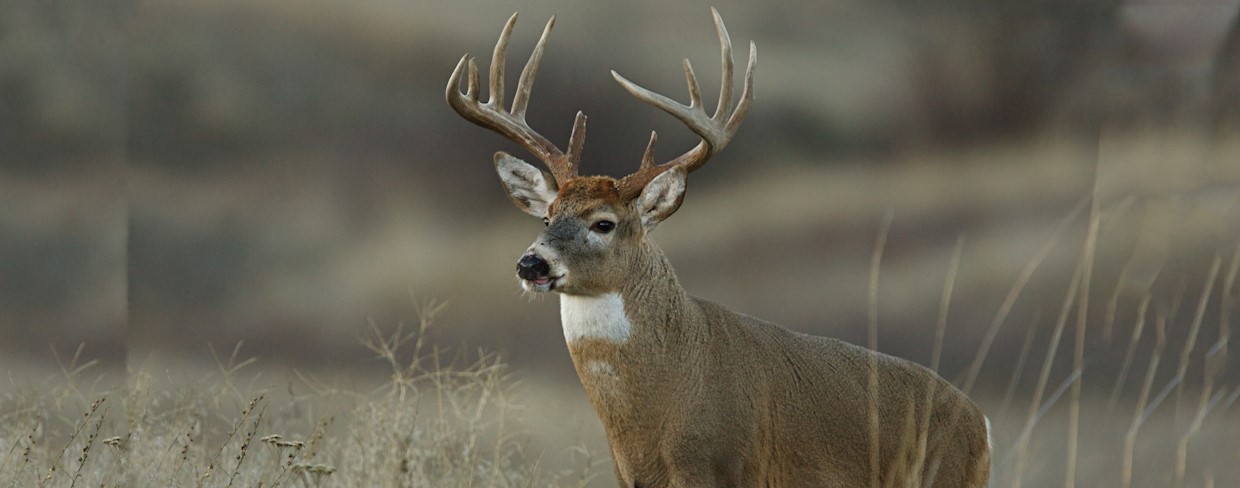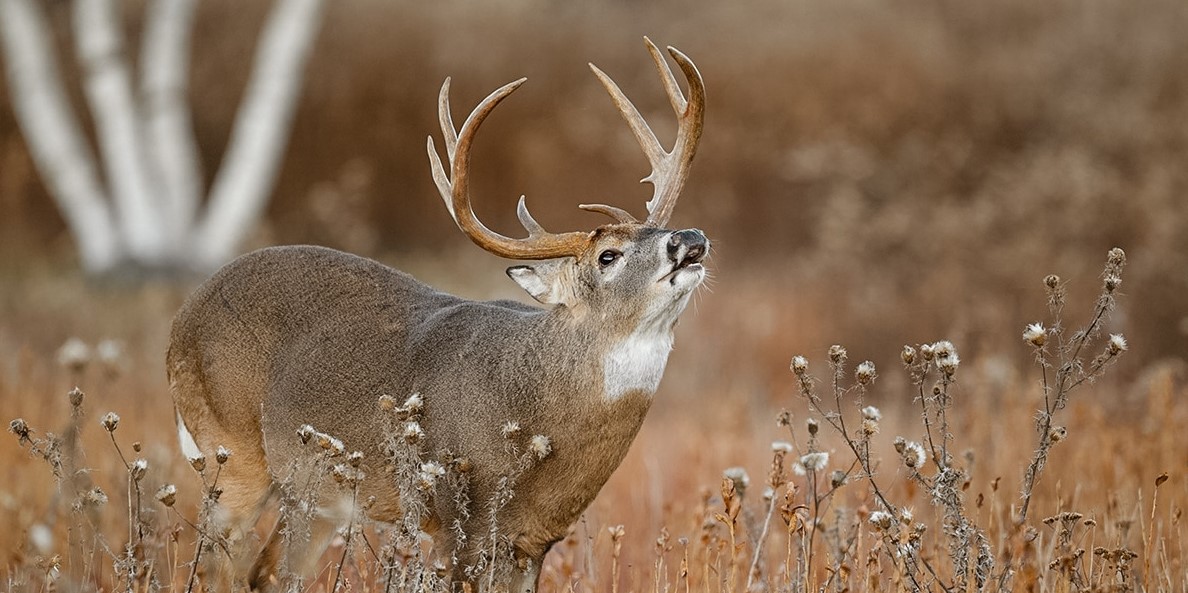Deer Hunting the Second Rut: Tips for Success
When most hunters think of the prime deer hunting season, they often focus on the first rut. This primary rut in white-tailed deer typically occurs from mid-October to mid-November depending upon location. However, the second rut—sometimes referred to as the “late rut” or “post-rut”—can offer an equally exciting opportunity and more productive for deer hunters. In fact, I have a lot of love for deer hunting the second rut.
Understanding the timing, behavior, and strategies involved with the second rut can give hunters a valuable edge as they chase whitetails late in the season. First, it’s important to know when the primary rut takes place in white-tailed deer in the area you hunt.

What is the Second Rut?
The second rut happens when does that were not bred during the first rut come into estrus for a second time. While not all does will cycle again, those that do create another burst of whitetail breeding activity. The timing of the second rut can vary depending on location, but it typically occurs 28 days after the initial rut, say mid-November early-December. In some areas, like South Texas, the second rut may even extend into January.
The second rut is driven by a combination of factors, including the hormonal cycles of the deer and the presence of unbred does. Since the first rut is usually a chaotic period of intense mating, some does simply don’t get bred during that time. The second rut provides another opportunity for these unbred does to be courted by bucks.
The buck to doe ratio of a deer herd can impact deer hunting during the second rut. A well-managed deer herd often has 1 buck for every 1-2 does. If the primary rut is highly successful, this can make any remaining does very popular at the next dance. However, this often results in bucks traveling far and wide to find a willing dance partner.
Sex ratios skewed towards does, say 4-5 does per buck, means only some the does get bred during the primary rut. This means deer hunting the second rut can be quite rewarding, as many does remain unbred in the population. Though this can situation can offer prolonged opportunity for hunters, it’s not ideal for bucks, future antler growth, and the deer herd in general. This is how you end up with late-born fawns the following year.
Understanding Deer Behavior During the Second Rut
By the time the second rut rolls around, the peak of the deer hunting pressure is often winding down. However, this doesn’t mean that white-tailed deer are any less active. In fact, I look forward to deer hunting the second rut as bucks are often moving more often and further as they search for a date. While the second rut is less chaotic than the primary rut, the second rut can see bucks returning to and exhibiting typical rutting behavior, such as:
- Increased Buck Activity: Bucks, having recovered somewhat from the first rut, will often become more active again during the second rut. With fewer does in estrus, bucks will actively search for those remaining unbred does.
- Smaller Bucks: By the second rut, larger bucks may have already bred and may not be as visible. However, smaller and younger bucks, often referred to as “yearling” bucks, will be on the prowl. These bucks can be less cautious than mature bucks, making them easier targets for hunters looking to manage the herd and put meat in the freezer.
- More Erratic Movements: While early season deer hunting is often about finding patterns, hunting during the second rut requires more flexibility. Bucks and does may be more erratic in their movements as they continue searching for mates, which means hunters may need to adjust their strategies accordingly. Hunt pinch points and cruising areas.
Strategies for Deer Hunting the Second Rut
- Focus on Doe Herds: The second rut is all about the remaining unbred does. If you can locate a group of does that are still in estrus, you’re likely to find bucks close by, either seeking out these does or hanging around hoping for a chance encounter.
- Hunt the “Hubs”: During the second rut, bucks tend to cruise heavily used areas or “hub” locations where multiple deer trails intersect. These hubs could be near feeding areas, bedding grounds, or water sources. Finding a hub can improve your odds of encountering a buck on the move.
- Look for Fresh Sign: After the intensity of the first rut, some areas may see reduced deer activity, but there’s still fresh sign to be found. Keep an eye out for new rubs, scrapes, and fresh tracks that indicate active deer movement. Bucks may start freshening scrapes as they search for does.
- Consider the Weather: Weather conditions play a significant role in deer movement, especially during late season hunting. Cooler temperatures tend to get deer moving earlier in the day, so take advantage of the colder mornings and evenings. Overcast days are often ideal, as deer may be more active in the twilight hours.
- Use Calls and Scents: A well-timed grunt call can sometimes bring in a curious buck, especially if the grunt is imitating a doe’s estrus bleat. Some hunters also use scent lures designed to attract bucks in search of a mate. However, be cautious with your scent trail—deer are more cautious in the post-rut period and can be wary of unnatural scents.
- Stay Patient and Persistent: Late-season hunting can be a waiting game, and deer hunting the second rut is no exception. Deer may not be as predictable as during earlier phases of the season, so patience is key. Stay alert, and be ready to adapt to changing conditions.
Conclusion: Deer Hunting the Second Rut
Deer hunting during the second rut can be a rewarding experience for hunters who know how to approach it. While the first or primary rut gets most of the attention with whitetail hunters, the second rut offers hunters the chance to catch bucks that are still looking to breed. Don’t get discouraged if you did not tag a buck early in the season, as different and possibly bigger bucks are coming to an area near you and looking to dance.
By understanding the behavior of deer during this time, using the right strategies, and being patient, hunters can enjoy success late in the season. The second rut might not be as well-known as the first, but it’s an excellent opportunity to tag a trophy buck and close out the season with a win.
